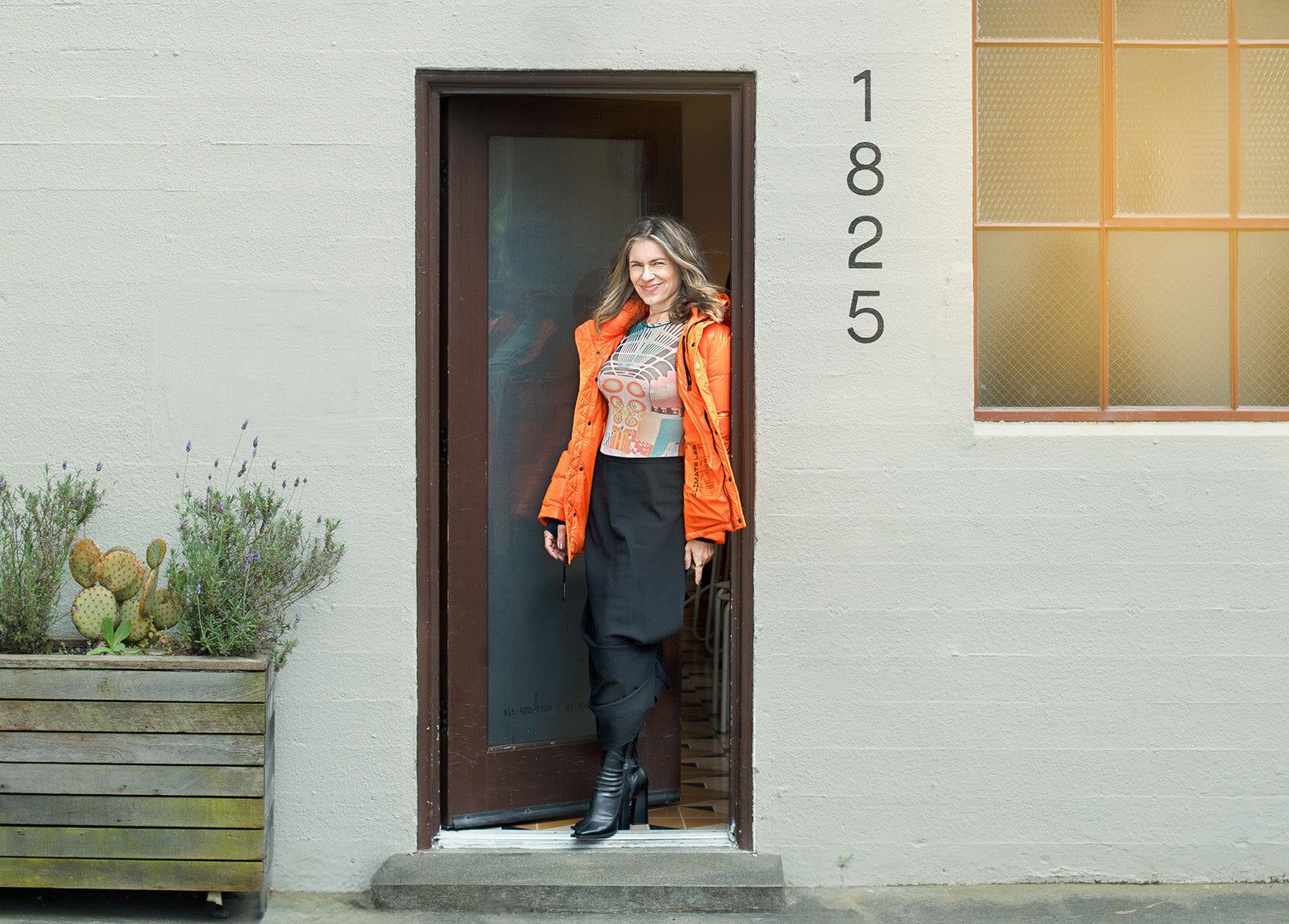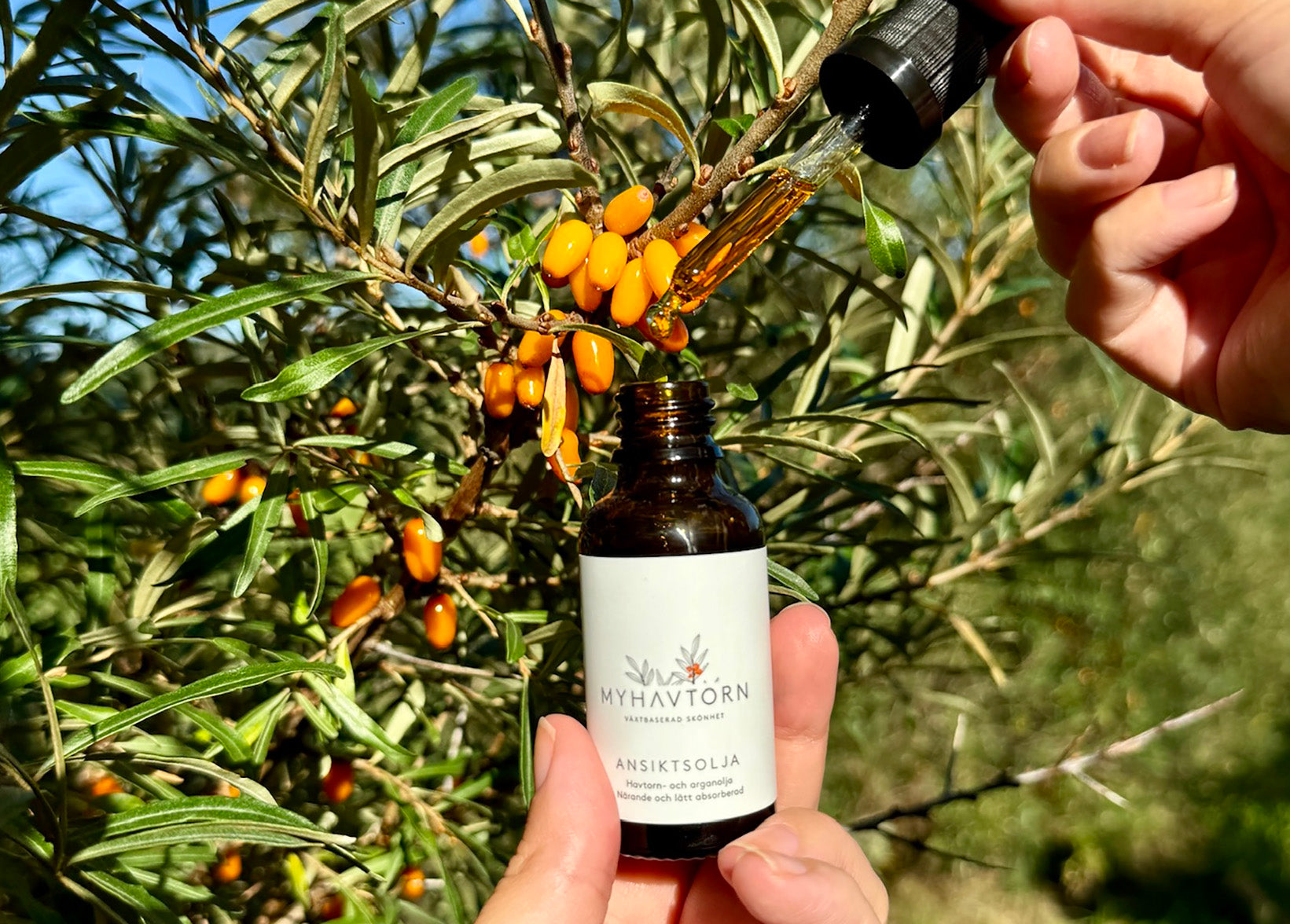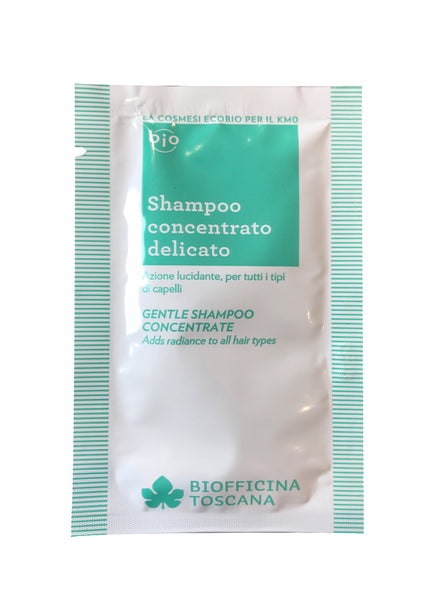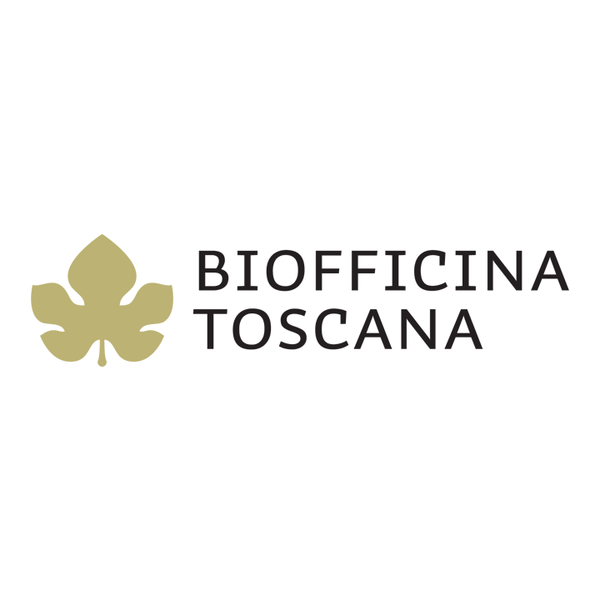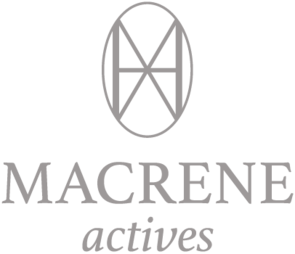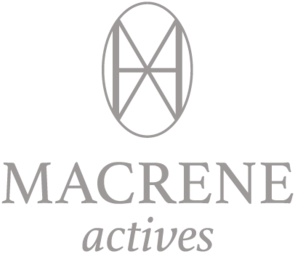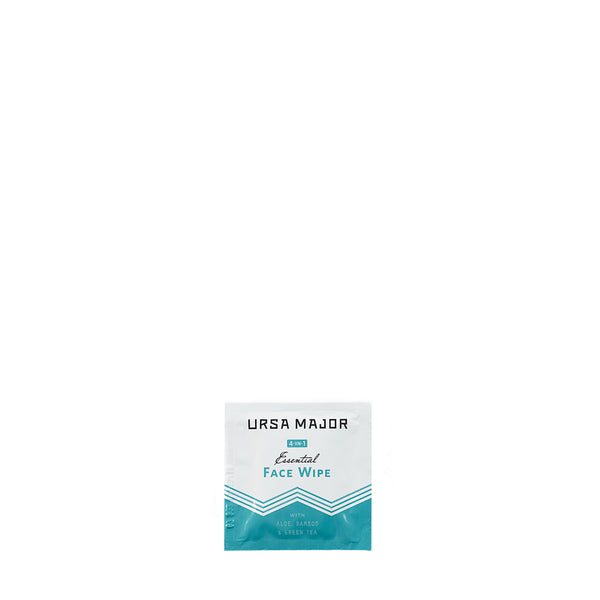Recent Articles
What you do to feed and protect your body’s cells as they produce energy — how you feed and protect those cells’ mitochondria, to be exact — can have a profound effect on the energy and overall health of your whole body. Sounds simple, right? But think about it for a moment: when you optimize the nutrition you provide to each cell, your body can become healthier. This invites a proactive approach to health, not the reactive “problem-solution” approach that we are so used to taking. And this is why we think everyone in the health and wellness world is going to be talking about mitochondria next. (Mitochondria: it’s the new microbiome.)
Serendipitously, when we were talking recently with the brilliant chemist Marie Veronique about what's new in skincare, she mentioned, “It’s all about the mitochondria.” Dara’s ears perked up at the m word, and she and Marie decided that they had to dig into this topic for Ayla straight away. Because if we can take a proactive approach to our health and energy levels at the cellular level, and ultimately feel better, shouldn’t we do that with skincare, and ultimately look better?

***
Here's the short version of what Marie told us (although the longer version, which you'll find below, is really worth a read):
WHAT ARE MITOCHONDRIA? Mitochondria are structures or organelles that exist within each cell of your body. The primary role of mitochondria is to take in nutrients, break them down and produce ATP, the energy currency of the cell. This process is referred to as cellular respiration; this is the reason mitochondria are often described as the “lungs of the cell.”
WHAT DOES THIS MEAN FOR THE SKIN? Efficient cellular respiration within the cell translates into better overall cell function, leading to better barrier function and ultimately healthier, more youthful looking skin. When mitochondria are doing their job, everything just works better, and organs like the skin perform more efficiently and consequently look healthier. Scientists agree that decline in mitochondrial function is the primary cause of cellular aging. What that looks like is an increase in signs of visible aging like wrinkles and hair loss, as well as increased inflammation, which leads to disorders like rosacea and inflammatory acne.
But it's much more complicated than just getting your mitochondria to produce more energy. The end result of their cellular respiration process is to create free radicals. This is a major part of nature’s game plan: we produce ATP, we produce more free radicals, and free radicals over time damage mitochondrial DNA, interfering with optimal function. This is aging; this is normal. But excessively prodding the mitrochondria to produce more ATP will generate more free radicals, which may end up accelerating aging.
SO, HOW CAN YOU SUPPORT HEALTHY MITOCHONDRIAL FUNCTION IN YOUR SKIN — IN A WAY THAT IS TRULY HELPFUL? Thankfully, there are already some things you can do to limit cellular damage, both internally and externally. On the cellular level, you are looking at protecting and feeding the mitochondria so that they function optimally, thus ensuring that cellular respiration proceeds according to plan. Remember, mitochondria take in nutrients and break them down to create energy for the cell. When the cell lacks the essential nutrients the mitochondria need to perform their job, they lose their functional capacity, thus initiating the aging process. The basic idea is that if you can provide the cell with the correct nutrients, you can delay that aging process.
WHAT PRODUCTS WILL BE MOST HELPFUL?
External protection helps mitochondrial function because the cell is exposed to less stress from the outside in. The first thing you need to do is to make sure you’re not exposing yourself to UVA/UVB by using a good sunscreen. You can also use antioxidants, like Vitamin C, to protect the cells from free radicals that are coming from the outside in.
But while these are very helpful, protecting the skin from the oxidative damage that occurs from inside the cell — the free radicals produced naturally in the process of cellular respiration — is trickier. One of the most interesting things we’re finding is that niacinamide, or Vitamin B3, works not just as an antioxidant but also plays an essential role in ATP production. You'll find this in Soothing B3 Serum.
And finally, a good balance of liquid and lipid is critical to maintaining general cell health. The individual cells are protected when barrier function, which regulates moisture levels in the skin, is adequate. So a combination of something like the Balancing HypoTonic with any one of our oils, or Barrier Restore Serum, would take care of that. This combination provides skin with necessary hydration as well as crucial phospholipids needed to promote healthy barrier function.
***
And here's the full length interview, for those of you who want to dig deeper with us (it is so worth it!):
Dara: Tell us about “cellular respiration”. What does that mean?
MARIE-VERONIQUE NADEAU: It starts with the mitochondria. Mitochondria are structures or organelles that exist within each cell of your body. The primary role of mitochondria is to take in nutrients, break them down and produce ATP, the energy currency of the cell. This process is referred to as cellular respiration; this is the reason mitochondria are often described as the “lungs of the cell.”
Efficient cellular respiration within the cell — that is, how well your mitochondria produce sufficient ATP, or energy — translates into better overall cell function, leading to better barrier function and ultimately healthier, more youthful looking skin. When mitochondria are doing their job, everything just works better, and organs like the skin perform more efficiently and consequently look healthier.
Dara: What does it look like when the mitochondria aren’t doing their job producing enough ATP for the skin cells?
MARIE-VERONIQUE NADEAU: Scientists agree that decline in mitochondrial function is the primary cause of cellular aging. What that looks like is an increase in signs of visible aging like wrinkles and hair loss, as well as increased inflammation, which leads to disorders like rosacea and inflammatory acne. ATP production slowdown can drive a number of age-related diseases and affect many processes — never in a way we like to see.
Dara: So some may think that you just need to get the mitochondria to produce more ATP. But it can’t be that simple, can it?
MARIE-VERONIQUE: Nature is never that simple, and we run into trouble when we rush towards simple solutions without paying attention to the larger picture. An example is paralyzing muscles by blocking neurotransmitter transfer via the botulinum toxin. Nature responds to this “emergency” by creating other neuronal pathways, resulting in muscles contracting in other parts of the face. It’s a classic “oh, whoops” case of cause and effect reasoning (paralyze the muscle and you eliminate the wrinkle it makes) leading to unintended consequences.
This is not a big deal in the case of Botox, where the effects diminish over time, but interfering with nature’s programming over something as fundamental as ATP production by mitochondria could go in a direction we haven’t anticipated. Because the end result of this cellular respiration process is to create ROS (reactive oxygen species) — we sometimes refer to ROS as free radicals, a term that more people are familiar with. Mitochondria are the source of 90% of the free radicals in the body, and we can infer from this that ROS are a major part of nature’s game plan. We produce ATP, we produce more free radicals, and free radicals over time damage mitochondrial DNA, interfering with optimal function. This is aging; this is normal. But in developing a “producing more ATP” model, we would need to take into account an increase in ROS; prodding the mitrochondria to produce more ATP will generate more ROS, which may speed up mtDNA damage and accelerate aging. That would not be a desirable outcome.
Dara: It’s interesting that this oxidative damage is happening inside the cell — while in the world of skincare, we normally talk about oxidative damage that comes from external elements, like sun exposure or pollution, and their effect on the surface of the skin.
MARIE-VERONIQUE: Yes, we’re just starting to look at the wonderful world of ROS damaging mitochondrial DNA and what that means in terms of skin aging. But the more we become familiar with intracellular processes, the further along we will be towards discovering ways to delay the skin aging process overall. Research into mitochondrial function is absolutely key to understanding the process of skin aging.
The industry has been much more vocal about the role played by free radicals generated by sun exposure and so on in causing cumulative DNA damage to cells because that’s a familiar topic. Also, we have ways to limit that type of damage with sunscreen and antioxidants like Vitamin C, polyphenols, and so on. Our industry’s approach to skincare has always been to look at what’s happening from the outside in and reacting to that because up until now we haven’t had the research capabilities to look deeper. Of course there’s still that residual of market-driven skin care that’s reactive rather then science-driven, but science, I am glad to see, is starting to take over the helm in the skin care industry. Heaven knows it’s long overdue.
Dara: That is such a captivating idea — that for skin to be healthy, your cells have to be healthy. And by giving each cell what it needs, you can protect and improve your skin at a deeper level. So in addition to protecting your skin from oxidative damage that happens externally (from sun or pollution, for example), can you proactively limit the damage that’s done internally — to your mitochondrial DNA?
MARIE-VERONIQUE: Yes – thankfully, there are some things you can do to limit cellular damage, both internally and externally. On the cellular level, you are looking at protecting and feeding the mitochondria so that they function optimally, thus ensuring that cellular respiration proceeds according to plan. Remember, mitochondria take in nutrients and break them down to create energy for the cell. When the cell lacks the essential nutrients the mitochondria need to perform their job, they lose their functional capacity, thus initiating the aging process. The basic idea is that if you can provide the cell with the correct nutrients, you can delay that aging process.
We’ll start with external protection. This improves mitochondrial function because the cell is exposed to less stress from the outside in. The first thing you need to do is to make sure you’re not exposing yourself to UVA/UVB. That’s a huge source of damage to the skin cells in general. (Check out Marie's zinc-based tinted sunscreen here.)
You can also use antioxidants to protect the cells from free radicals that are coming from the outside in. We know these ingredients well. Things like vitamin C, polyphenols like green tea, resveratrol, CoQ10 – all of these can help protect cells from free radical damage that occurs externally. (Check out Marie's best-selling Vitamins C+E+Ferulic Serum here.)
But while these are very helpful, protecting the skin from the oxidative damage that occurs from inside the cell is trickier.
One of the most interesting things we’re finding is that niacinamide, or Vitamin B3, works not just as an antioxidant but also plays an essential role in ATP production. The active form of niacinamide in the body is NAD, which plays a crucial role in linking up major biochemical pathways to produce ATP. It also inhibits oxidative damage at the cellular level. (You'll find a load of niacinamide in Marie's Soothing B3 Serum here.)
Dara: So is this why an ingredient like niacinamide is so helpful when it’s included in an acne treatment, for example – it’s helping to protect the mitochondria from excess internal oxidative stress that can then lead to inflammation, while other ingredients like willow bark help squelch inflammation on the surface?
MARIE-VERONIQUE: Yes, niacinamide is working inside the cell to protect and improve mitochondrial function. While they’re important, antioxidants aren’t as proactive; their role is to do damage control from the outside in.
Dara: And beyond those things — UV protection, antioxidants, and ingredients like niacinamide to protect from oxidation that occurs inside the cell — what else do you need to feed the cells?
MARIE-VERONIQUE: It almost goes without saying that promoting a good balance of liquid and lipid is critical to maintaining general cell health. The individual cells are protected when barrier function, which regulates moisture levels in the skin, is adequate. So a combination of something like the Balancing HypoTonic with any one of our oils, or Barrier Restore Serum, would take care of that. This combination provides skin with necessary hydration as well as crucial phospholipids needed to promote healthy barrier function. (Oil choices in the Marie Veronique lineup include the Treatment Oil, Dara's Oil, Protective Day Oil, Rejuvenating Night Oil, and Barrier Lipid Complex.)
At the end of the day, you want to focus on giving the cell what it needs. So it’s not just about niacinamide — it’s about providing all of these things that support cell health, from the outside in and the inside out.

